India is a country with a rich and diverse history, spanning over thousands of years. The country’s society has evolved over time, shaped by various historical events, cultural practices, and social norms. In this article, we will discuss the historical perspective of Indian society and how it has shaped the country’s cultural and social fabric.
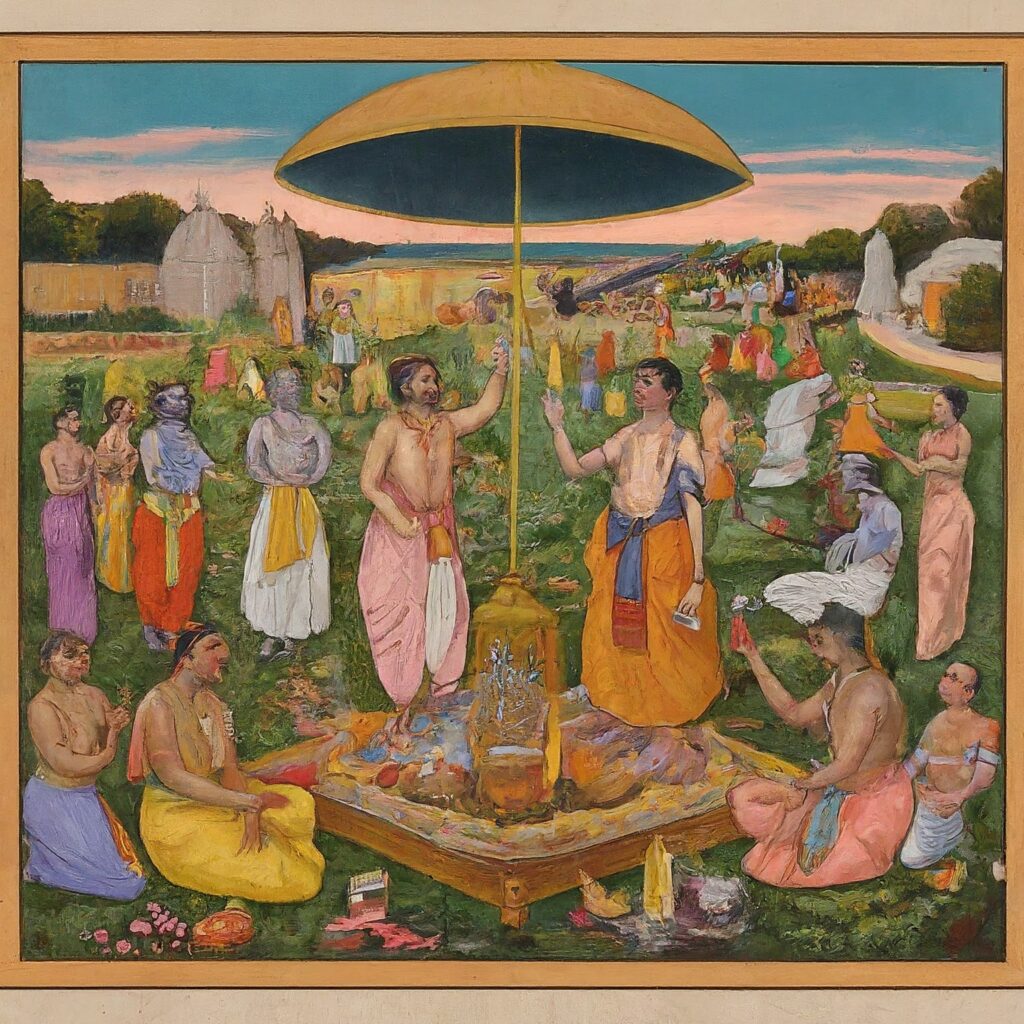
Table of Contents
Historical Perspective of Indian Society (Ancient)
India’s ancient history dates back to over 5,000 years, with the Indus Valley Civilization being one of the oldest and most advanced civilizations in the world. The ancient Indian society was characterized by the caste system, where individuals were assigned a specific caste based on their birth. The society was also patriarchal, with women occupying a subordinate position.
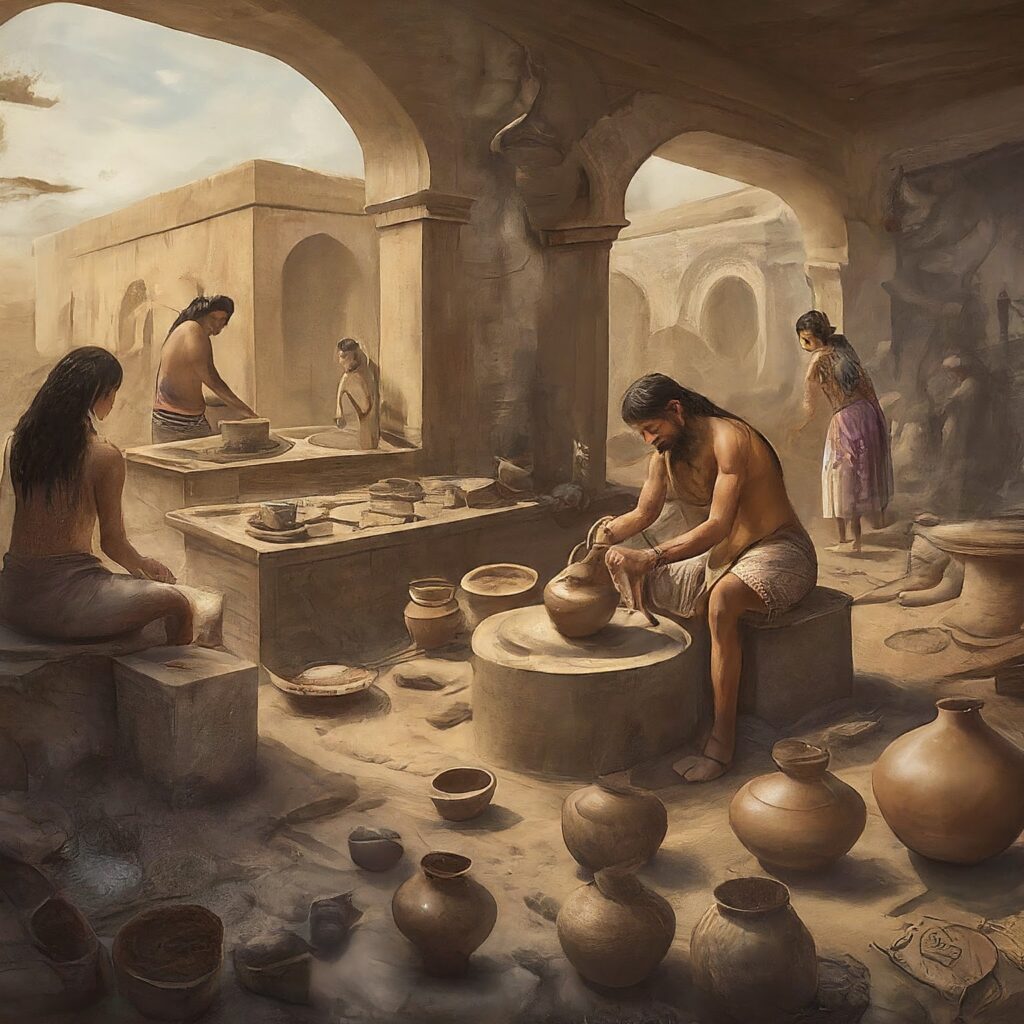
"The society was characterized by a strict hierarchical system that was based on the caste system. "
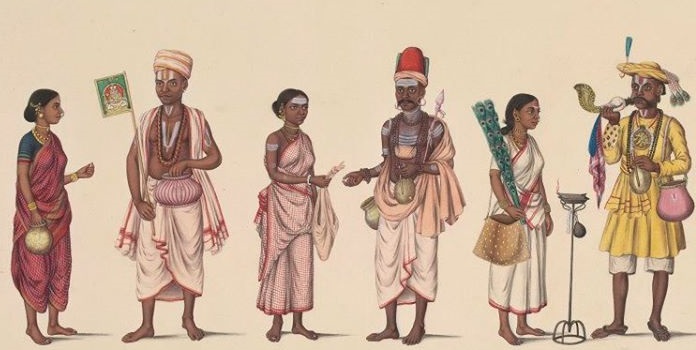
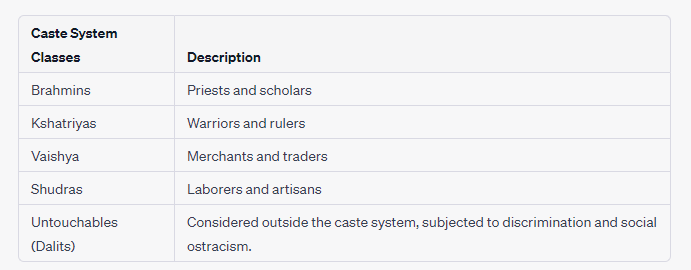
The ancient Indian society was also characterized by the dominance of religion and spirituality. Hinduism was the dominant religion, with its complex pantheon of gods and goddesses and its emphasis on dharma (duty) and karma (the law of cause and effect). Buddhism, Jainism, and Sikhism also emerged as major religions during this time.
In terms of governance, ancient India was ruled by various kingdoms and empires, including the Maurya Empire, Gupta Empire, and the Mughal Empire. The society also had a sophisticated system of education and scholarship, with universities such as Nalanda and Takshashila attracting scholars from all over the world.
Overall, the ancient Indian society was complex and diverse, with many different cultural, social, and religious influences shaping its evolution over thousands of years.
Historical Perspective of Indian Society (Medieval)
During the medieval period (roughly from the 8th century to the 18th century) , India saw the rise and fall of various empires and dynasties, including the Mughal Empire and the Delhi Sultanate. The society was still largely based on the caste system, and the position of women remained subordinate. However, the period also saw the emergence of various social reform movements that challenged the existing social norms and practices.
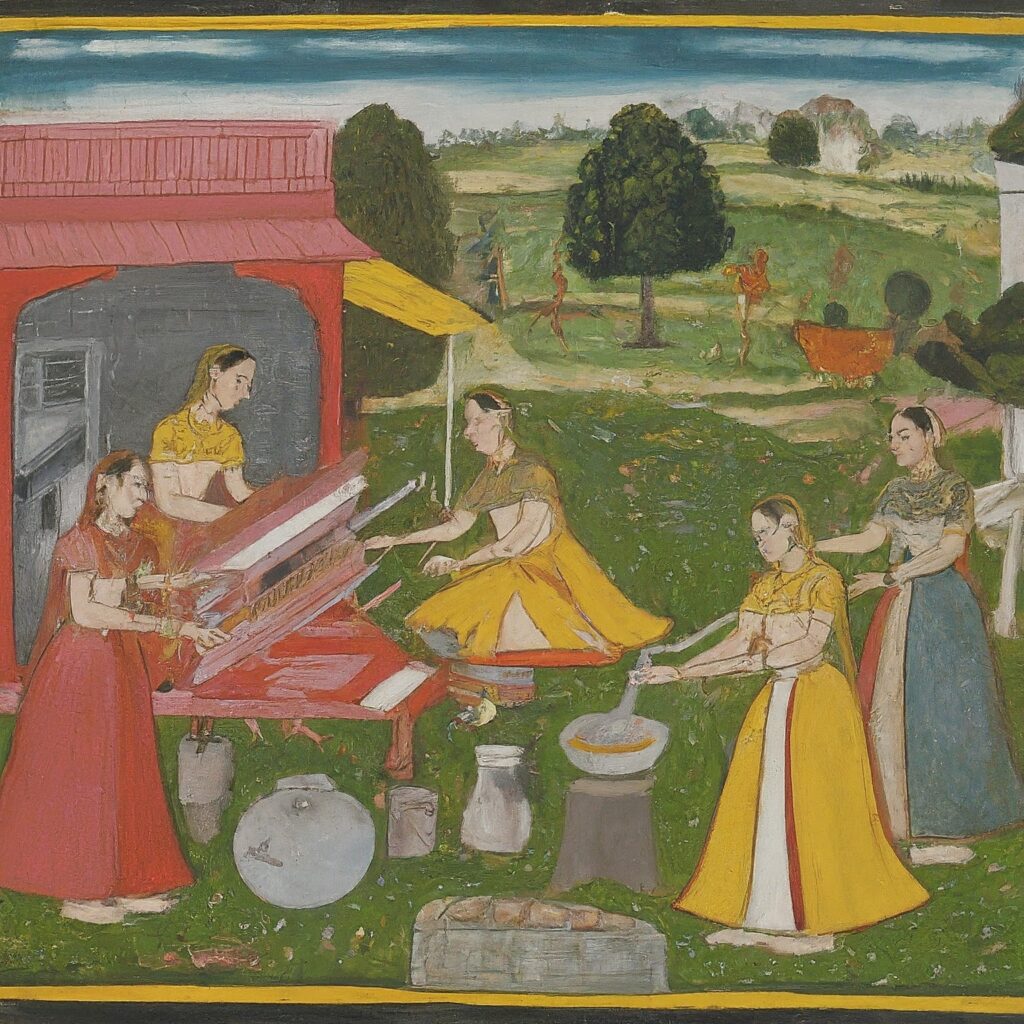
Medieval India also saw significant changes in the social structure and culture of India. During this period, India was ruled by various dynasties, including the Rajputs, the Delhi Sultanate, the Mughal Empire, and various regional kingdoms.
The society during this time was still largely based on the caste system, with the four main varnas and the Dalits. However, there were also social and religious movements that challenged the caste system and promoted equality and social justice. One such movement was Bhakti, which emphasized devotion and love for a personal God, and rejected the rigid social hierarchy of the caste system.
"The position of women in medieval Indian society varied widely depending on the region, religion, and social class."
The position of women in medieval Indian society varied widely depending on the region, religion, and social class. In some parts of India, women enjoyed greater freedom and autonomy, while in others, they were subject to strict patriarchy and seclusion.
The period also saw the emergence of various literary and artistic forms, including poetry, music, dance, and painting. Many of these art forms were associated with the courts of the various kingdoms and empires, and were patronized by the ruling elites.
Religion continued to play a dominant role in the society during the medieval period, with Islam becoming a major religion in India with the arrival of the Delhi Sultanate. However, there were also syncretic movements that blended elements of different religions, such as the Bhakti movement and the Sufi movement.
Overall, the society of medieval India was complex and diverse, with various social, cultural, and religious influences shaping its evolution over the centuries.
Historical Perspective of Indian Society (Modern)
The modern period (from the mid-19th century onwards) of Indian history began with the arrival of the British in the 18th century. The British rule led to significant changes in Indian society, including the introduction of Western education and the emergence of a new middle class. The Indian independence movement, led by Mahatma Gandhi, also played a crucial role in shaping modern Indian society, with a focus on social equality and empowerment.
Modern India saw significant changes in the social, cultural, and political landscape of the country. The period was marked by the British colonial rule, the Indian independence movement, and the partition of India into India and Pakistan.
The caste system continued to be a dominant feature of Indian society during the modern period, but there were also social and political movements that challenged and sought to reform the caste system. The Indian Constitution, adopted after independence, outlawed discrimination based on caste and established affirmative action programs to provide opportunities for historically marginalized groups.
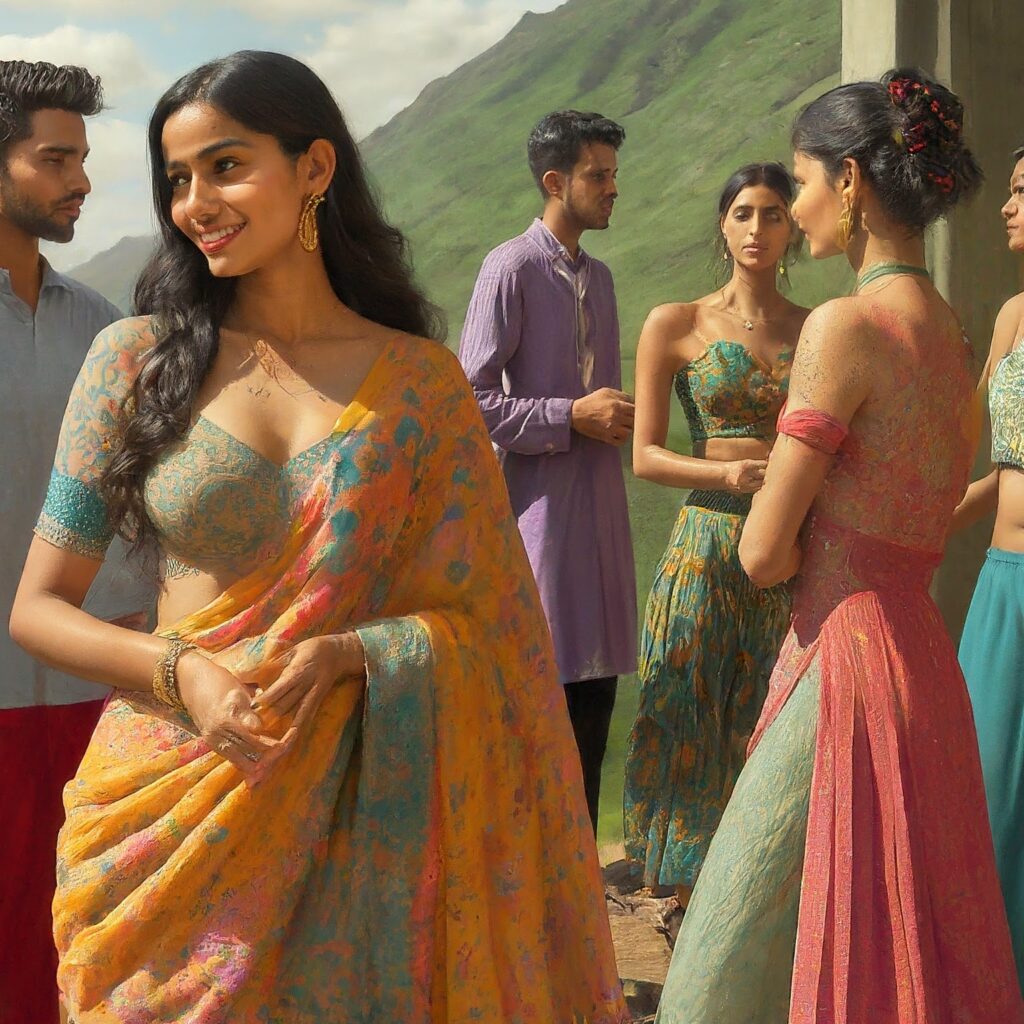
The position of women in modern India also underwent significant changes, with women gaining greater access to education, employment, and political representation. However, gender inequality and violence against women continue to be major issues in the country.
Religion continues to play a significant role in modern Indian society, with Hinduism, Islam, Christianity, and Sikhism being the major religions. The period saw the rise of communalism, which is the belief that people belonging to a particular religion, language, or region have common interests and should work together to promote their interests. This has led to communal tensions and violence in various parts of the country.
Modern India also saw significant cultural and artistic developments, with Indian cinema becoming a major cultural export, and Indian literature, music, and art gaining global recognition. The period also witnessed the emergence of various social and political movements, such as the Indian National Congress, the Dalit movement, and the feminist movement, that sought to address various issues facing the society.
Overall, the society of modern India is complex and diverse, with various social, cultural, and political forces shaping its evolution. The country continues to face various challenges, including poverty, inequality, corruption, and communalism, but it has also made significant strides in areas such as education, healthcare, and technological advancement.
Current Scenario
Today, Indian society is a complex mix of traditional and modern values, shaped by the country’s diverse history and cultural practices. The caste system still exists, but it has been legally abolished, and the government has implemented various policies and programs to promote social equality and empowerment. Women’s position in society has also improved, with increased access to education and employment opportunities.
Challenges Faced by Indian Society
- Caste System: Despite being legally abolished, the caste system still exists, leading to social exclusion and discrimination.
- Gender Inequality: Gender inequality remains a significant challenge in India, with women facing discrimination and violence.
- Poverty and Inequality: India still faces significant poverty and inequality, with certain groups and regions facing more significant challenges than others.
Conclusion
Indian society has a long and diverse history, shaped by various social, cultural, and political factors. The country has made significant progress in promoting social equality and empowerment, but challenges such as the caste system, gender inequality, and poverty still persist. By embracing India’s diverse history and promoting social and economic inclusivity, India can work towards creating a more equitable and just society for all its citizens.
